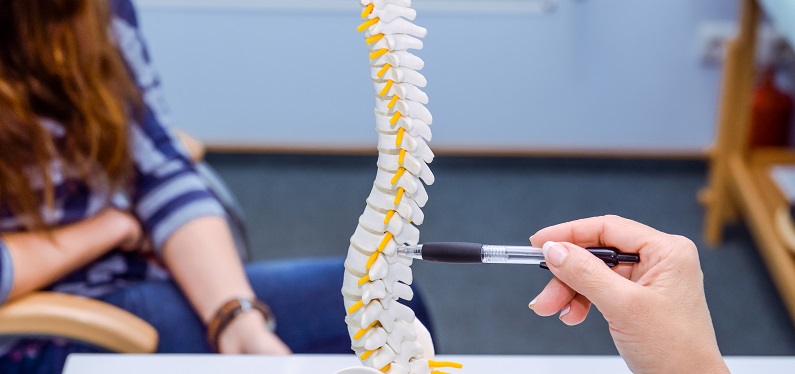Causes And Symptoms Of Sacral Cysts
Category: Spine | Author: Stefano Sinicropi

Fluid-filled growths called cysts can develop in many different locations throughout our body, but when they develop on the nerves of your lower spine, they are called sacral cysts. These sacral cysts, also known as perineural or Tarlov cysts, are more common than most people realize as upwards of 10 percent of the population may have them in their spine.
There is no real medical consensus as to why some people develop sacral cysts, but there are a number of theories as to why someone’s risk may be elevated. Some evidence suggests that cysts are more likely to develop as a result of chronic or repetitive physical strain on the back. Others believe that traumatic injury or the onset of a cerebrospinal fluid leak can lead to the formation of these fluid-filled sacs on a sacral nerve. There may also be a genetic predisposition, so a family history of sacral cysts could play you at an elevated risk.
Although we don’t know exactly why these cysts develop, statistics show that women are more likely to develop the condition than men, and they tend to present between the ages of 30 and 60. Again, many people likely have sacral cysts and don’t even know it because they aren’t causing symptoms. Oftentimes these are detected when using imaging techniques to look for other issues in the area, or because symptoms develop and doctors want to see if cyst formation is a possibility.
Symptoms of Sacral Cysts
When they present with symptoms, the most common symptoms associated with sacral cysts include:
- Low back pain
- Muscle weakness
- Shooting discomfort during certain movements
- Bladder issues
- Bowel problems
- Changes in sexual function
- Numbness or tingling sensation in the lower back
If you’re dealing with any of these symptoms, sync up with a spine specialist in your area. Many of these symptoms are also common with a lumbar herniated disc, so it’s imperative that you understand the root cause of the issue so that the right treatment course can be charted.